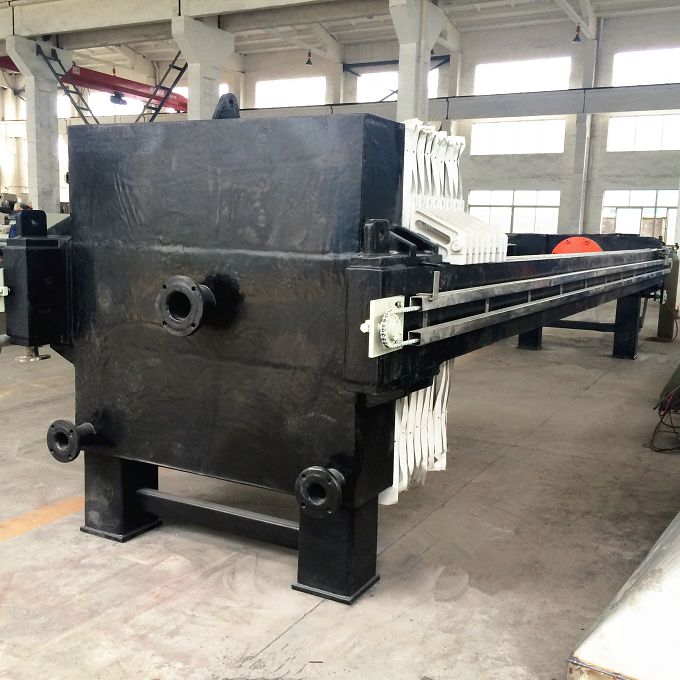
Filter Press Supporting Plate
-
Min Order
1
-
Product Unit
Pieces
-
Origin
China Mainland
-
Payment


- Contact Now Start Order
- Favorites Share
- Description
Product Detail
Filter press supporting plate
Filter presses are extensively used to separate solids from liquids in a wide range of applications.
The liquid solid mixture is pumped into the filter press, which is made up of a number of recessed filter plates forming chambers. The plates are supported in a fabricated steel frame and is held closed by a force exerted from a hydraulic ram mounted in the frame work at the end of the machine.
Each filter plate is covered by a filter cloth that retains the solid particles, but allowing the liquid to pass through and exit through the ports in the filter plate.
The particles retained gradually build up on the surface of the filter media and after a period of time eventually form a solid cake.
As the cake forms the pressure within the filter press the pressure rises as the filtrate has to pass through the already partially formed cake to exit the chamber. It becomes increasingly more difficult to continue pumping as the press is unable to accept more solids. At this point the feed pump is stroking infrequently and the filtrate flow from the filter press has considerably reduced or completely stopped.
At this point or at a pre determined filtration time or pressure being achieved the cycle is terminated and the fully formed filter cake is discharged.
Fixed & Replaceable Membrane Filter Plates for Membrane Filter Presses
Cross Section Membrane Filter Plate Membrane Filter Plates DiagramMembrane filter plates have a chamber below the drainage surface that may be inflated. The common method used is water pressure, which is generated by pumping into the squeeze cavity to inflate the face of the plate against the filter cake. Air may also be used.
Membrane plates are used to reduce the cake moisture content or shorten the filtration cycle time. Two types of membrane plate designs are used, fixed membranes and replaceable membranes. Mixed pack membranes are the most common configuration (one recessed plate, then one membrane plate alternate in the press plate pack). The final product produces savings in the overall plate pack cost.
Membrane plates usually operate at a feed pressure of up to 7 bar and squeeze pressure up to 15 bar. Special plates can be designed to accept higher feed and squeeze pressures.
Fixed Membranes are most commonly 100% polypropylene but, thermoplastic is also available. The plate is manufactured by molding a face membrane and a core plate separately. The face membranes are then joined into the core by heat welding to form a homogeneous plate. Although this type of membrane is suitable for many designs, it has particular advantages in food applications, where the lack of joints will prevent contamination.
Replaceable Membranes use a polypropylene core, which is machined to accept the connection and seal of a rubber membrane. These faces are easily changed. EPDM thermoplastic and other compounds are used for specific conditions. Savings in operation can be achieved in difficult environments and the membrane’s superior flexibility make it the best design for many installations.
Contact us to discuss filter plate selection and whether membrane filter plates and associated options such as membrane squeeze water skids are suitable for your installation.
- Membrane Filter Press For Explosion-proof 1 Pieces / (Min. Order)
- New Filter Press With Drying Function 1 Pieces / (Min. Order)
- Belt Type Filter Press Filter Belt 1 Pieces / (Min. Order)
- Fidelity Air Compressor Oil Filter Element 1 Pieces / (Min. Order)
- Filter Press Pump 1 Pieces / (Min. Order)
- Big Flow Ultra Pure Water Equipment 1 Pieces / (Min. Order)
- Fitness Equipment 1 Pieces / (Min. Order)
- 45 Degree Press Elbow With Plain End 1 Pieces / (Min. Order)
- Automatic Filter Press Rapping The Song Zhang 1 Pieces / (Min. Order)
- Wash The Filter Press Special Battle 1 Pieces / (Min. Order)
- BTM-001 Body Building Gym Chest Press Equipment 1 Pieces / (Min. Order)
- Cling Film Food Grade Pvc Keep Fresh Enviromental 1 Pieces / (Min. Order)
- Factory Price Fluid Coupling 1 Pieces / (Min. Order)
- Ceramic Filter Plate in Filter Press Equipment 1 Pieces / (Min. Order)
- Filter Press Plates 1 Pieces / (Min. Order)
- Filter Presses for Mine 1 Pieces / (Min. Order)
- Filter Press Plates 1 Pieces / (Min. Order)
- Membrane Filter Press Dedicated for Mining Industry 1 Pieces / (Min. Order)
 Menu
Menu

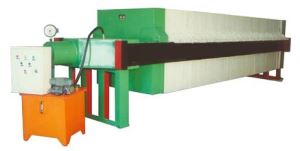
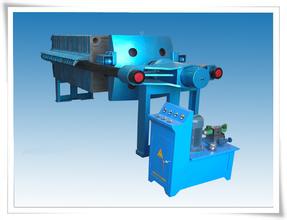
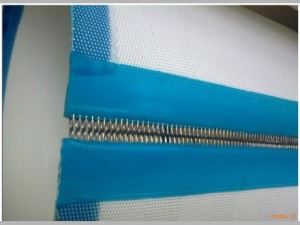
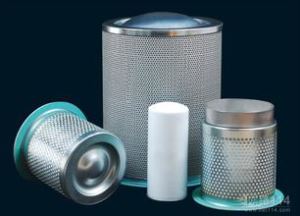
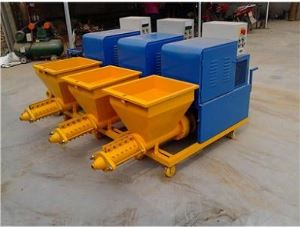


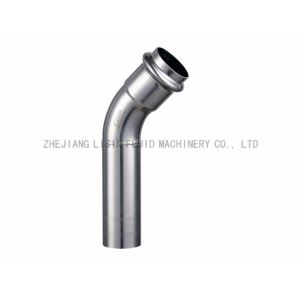

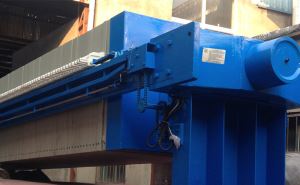
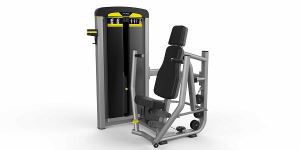
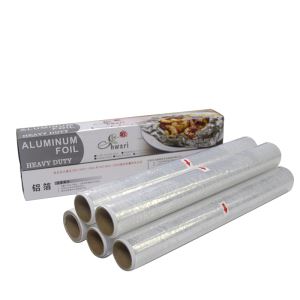
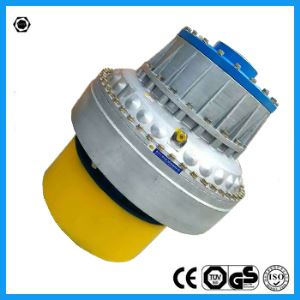
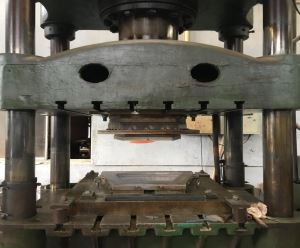
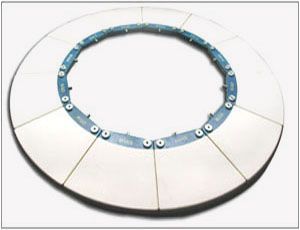
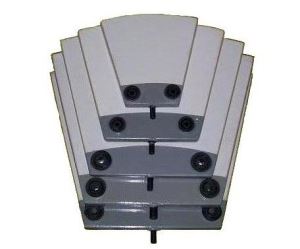
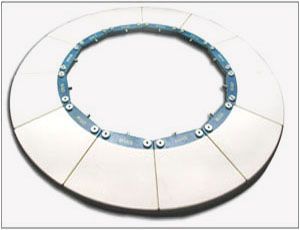
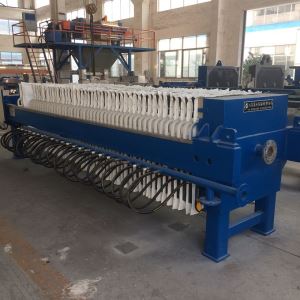
 Favorites
Favorites
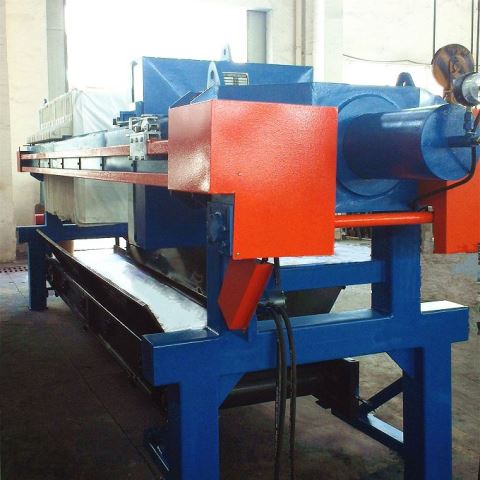
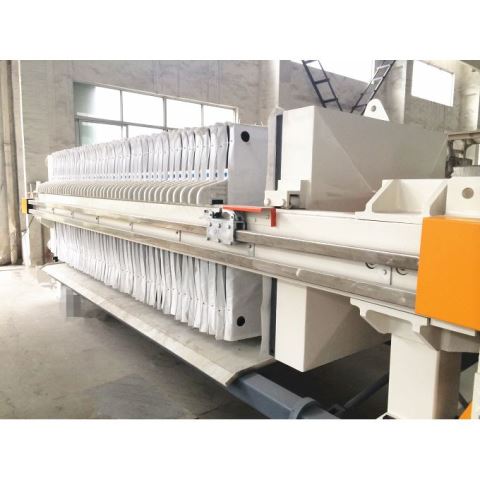
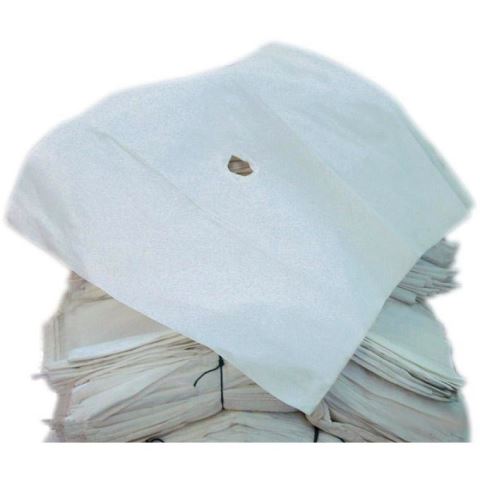
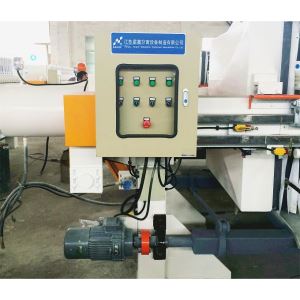
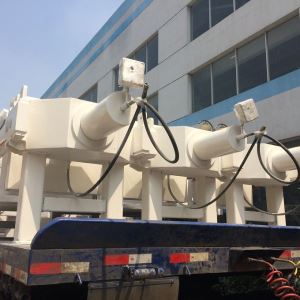
 Frequent updates ensuring high quality data
Frequent updates ensuring high quality data
 Over 5000 customers trust us to help grow their business!
Over 5000 customers trust us to help grow their business!


 Menu
Menu